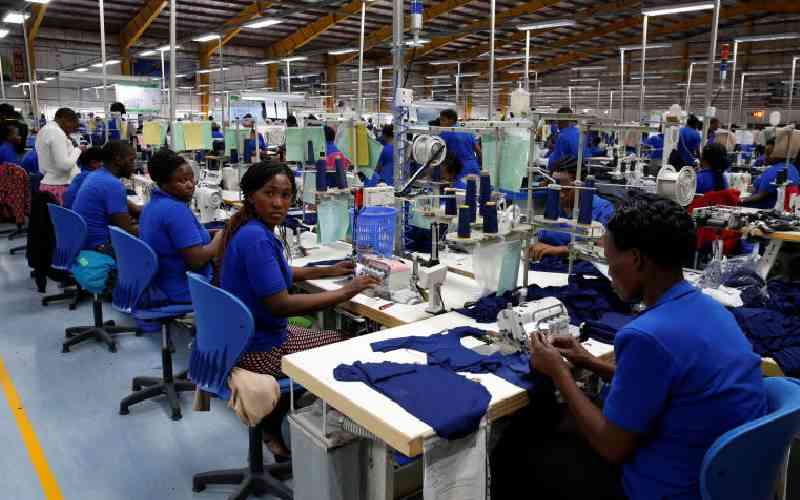×
The Standard e-Paper
Kenya’s Boldest Voice
By Anderea Morara
You may have heard of Kaizen — the Japanese term for continuous improvement. Among the greatest constraints to productivity improvement in Africa, is poor time management.







